Sourav Pan
Transcript
Ciliated columnar epithelium is the second major type of simple columnar epithelium.
Like all simple columnar epithelia, these cells are tall and narrow with nuclei typically located in the basal portion.
The distinctive feature of this epithelial type is the presence of cilia on the apical surface of the cells.
These cilia beat in coordinated patterns, creating a wave-like motion that moves fluid and particles in one direction.
This coordinated movement is crucial for clearing mucus, particles, and other substances from passages and tubes in the body.
Let’s compare ciliated and non-ciliated columnar epithelium to highlight their structural differences.
While non-ciliated cells have short microvilli for increasing surface area, ciliated cells have longer cilia specialized for creating directional movement of fluid and particles.
Simple columnar epithelium is specialized for absorption across its surface.
The cells have a specialized structure that optimizes them for their absorptive function.
The key structural feature that enables absorption is microvilli on the apical surface.
Microvilli dramatically increase the surface area available for absorption.
This simple adaptation increases the cell’s surface area by twenty to thirty times, significantly enhancing absorption capacity.
The small intestine provides a perfect example of simple columnar epithelium specialized for absorption.
Let’s examine how molecules are absorbed through the epithelial cell.
The cell’s structure is optimized for the movement of nutrients from the intestinal lumen to the bloodstream.
Different nutrients like glucose, amino acids, and fatty acids are absorbed through specialized transport mechanisms.
Absorption occurs in a specific sequence of steps.
First, transport proteins on the microvilli surface capture molecules like glucose from the intestinal lumen.
The molecules then move through the cell, where they may be processed.
They are then transported across the basolateral membrane through different carrier proteins.
Finally, the absorbed nutrients enter the bloodstream for distribution throughout the body.
Simple columnar epithelial cells have several specialized features that optimize them for absorption.
The absorptive function of simple columnar epithelium is essential for nutrient uptake and maintaining fluid balance in the body.
Simple columnar epithelium performs several important secretory functions in the body.
The secretory function is carried out by specialized cells called goblet cells, which are interspersed among the regular columnar cells.
Goblet cells are named for their distinctive shape resembling a wine glass or goblet. They have a narrow base and a wider apical portion filled with mucus granules.
The mucus secretion process involves several steps. First, mucin glycoproteins are produced in the endoplasmic reticulum of the goblet cell.
Next, these proteins are processed and packaged in the Golgi apparatus.
The processed mucins are then stored as mucus granules in the apical region of the goblet cell.
Finally, in response to various stimuli, the cell releases the mucus onto the epithelial surface through exocytosis.
The mucus secreted by goblet cells forms a protective layer over the epithelial surface, which serves several important functions.
This mucus layer traps dust, bacteria, and other potentially harmful particles, preventing them from damaging the epithelium.
It also lubricates the epithelial surface, reducing friction and physical damage.
Mucus contains antibodies and antimicrobial substances that help neutralize potential pathogens.
Additionally, it prevents dehydration of the underlying tissues by maintaining moisture.
Simple columnar epithelium produces various types of secretions in different locations throughout the body.
In the respiratory tract, goblet cells produce mucus that traps particles and humidifies the air we breathe.
In the gastrointestinal tract, columnar cells secrete digestive enzymes that help break down food.
The gallbladder is lined with columnar cells that secrete bile, which aids in fat digestion.
In the fallopian tubes, ciliated columnar cells secrete fluid that nourishes the egg or developing embryo.
Let’s review the key points about the secretory function of simple columnar epithelium.
Simple columnar epithelium serves critical protective and transport functions in the body.
One of its primary roles is to form a selective barrier, protecting underlying tissues from harmful substances.
Larger harmful substances and pathogens are prevented from passing through the epithelial barrier.
Meanwhile, beneficial molecules like nutrients and electrolytes can selectively pass through the epithelium.
In ciliated types of columnar epithelium, such as in the respiratory tract, specialized hair-like projections called cilia extend from the cell surface.
These cilia are covered by a thin layer of mucus that traps inhaled particles, bacteria, and other foreign materials.
Through coordinated beating in a wave-like motion, the cilia move mucus and trapped particles in a specific direction.
This mechanism, known as mucociliary clearance, is particularly important in the respiratory tract.
In the airways, columnar epithelial cells with cilia line the trachea and bronchi. The coordinated beating of these cilia moves mucus and trapped particles upward.
This continuous movement ensures that inhaled pathogens, dust, and other foreign materials are transported toward the throat, where they can be swallowed or expelled, protecting the lungs from infection and damage.
Section 10: Clinical Significance and Conclusion.
Simple columnar epithelium can be affected by various pathological conditions when damaged.
Damage to this epithelium can lead to several diseases, including inflammatory bowel disease, gastroesophageal reflux disease, respiratory infections, and viral gastroenteritis.
When simple columnar epithelium is damaged, several functional impairments can occur. These include decreased absorption of nutrients, impaired secretion of mucus and enzymes, compromised barrier function leading to infections, and in some cases, metaplasia, where cells transform into different types.
Let’s review the key points about simple columnar epithelium. It consists of a single layer of tall, narrow cells with basal nuclei. It can be ciliated or non-ciliated. Its functions include absorption, secretion, protection, and transport. It’s found in the gastrointestinal tract, respiratory tract, and reproductive tract. And it’s clinically relevant due to its vulnerability to inflammation and infection.
Simple columnar epithelium is essential for normal body functions. It enables nutrient absorption in the digestive system, mucus secretion in the respiratory tract, transport of substances across membrane barriers, and protection against pathogens and harmful agents.
Understanding simple columnar epithelium is crucial for recognizing pathological changes and developing effective treatments for diseases affecting the digestive, respiratory, and reproductive systems.
Study Materials
No study materials available for this video.
Helpful: 0%
Related Videos
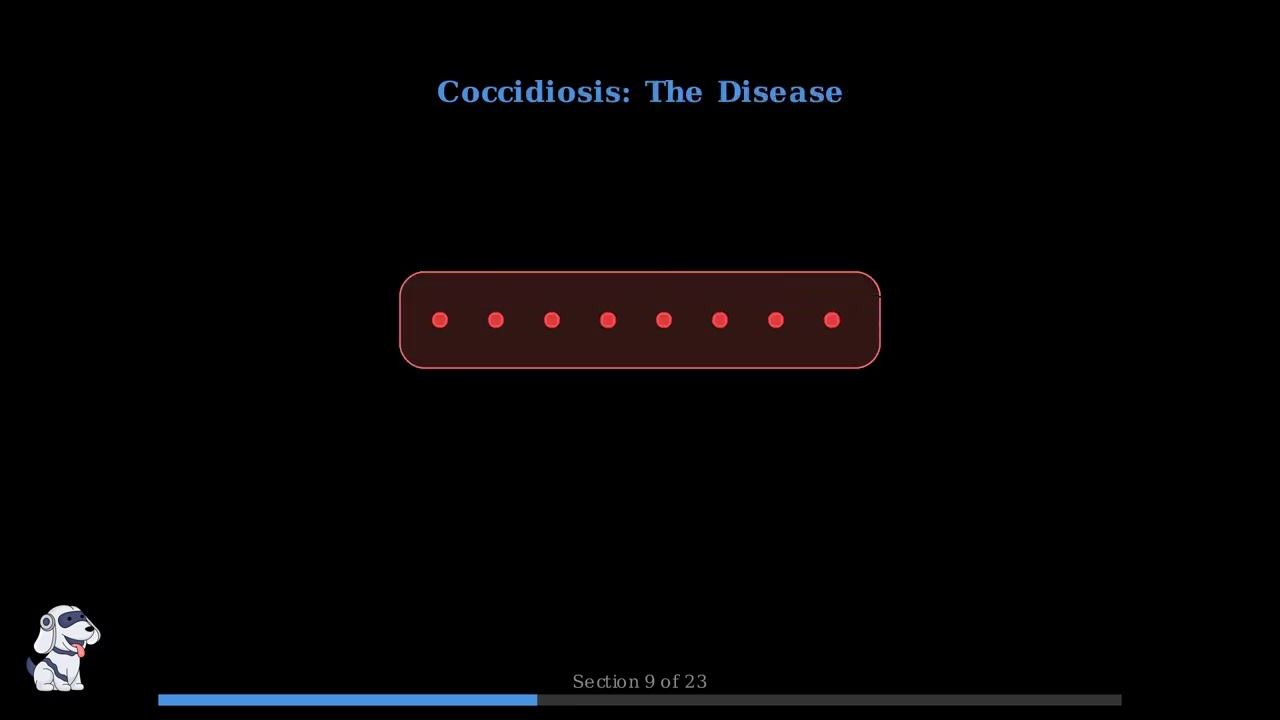
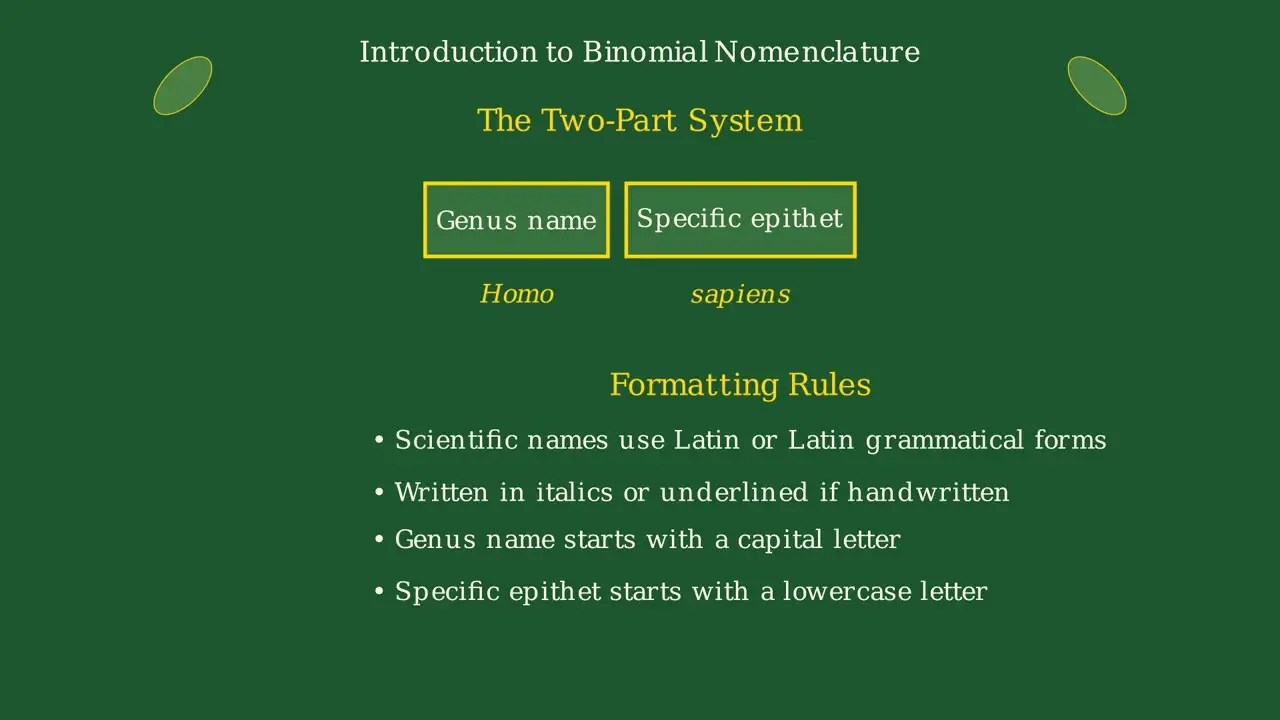

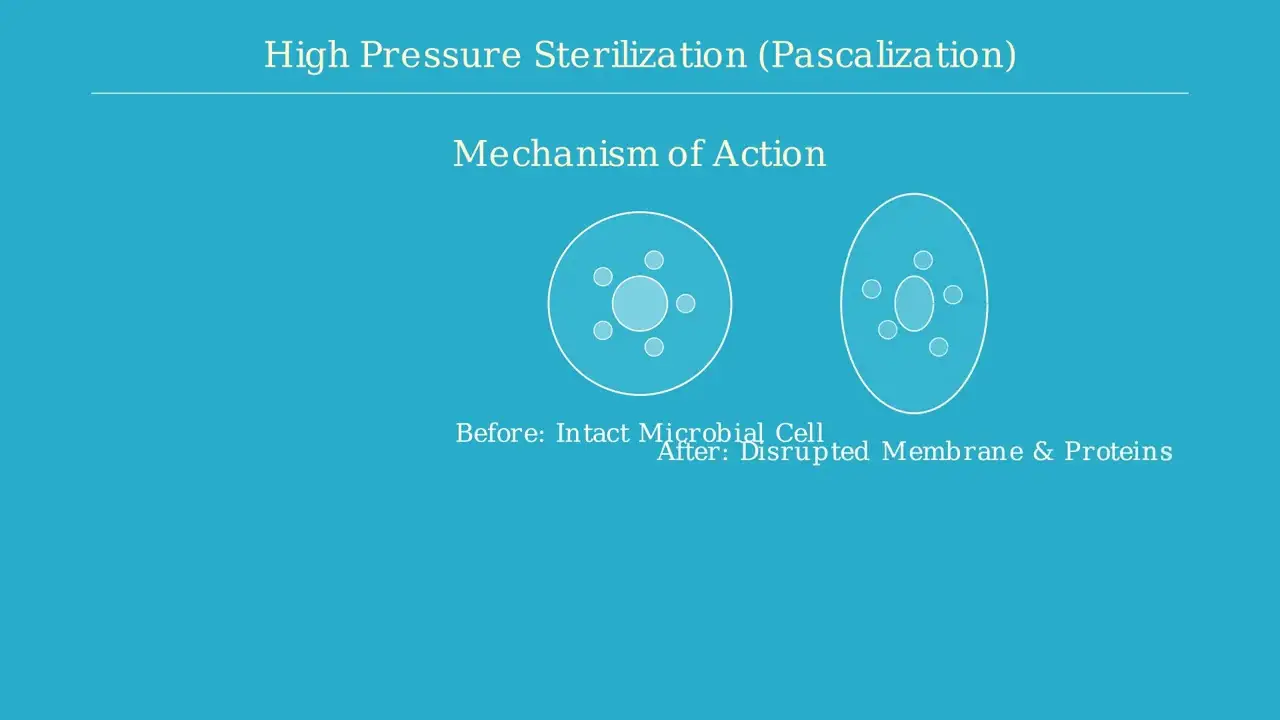
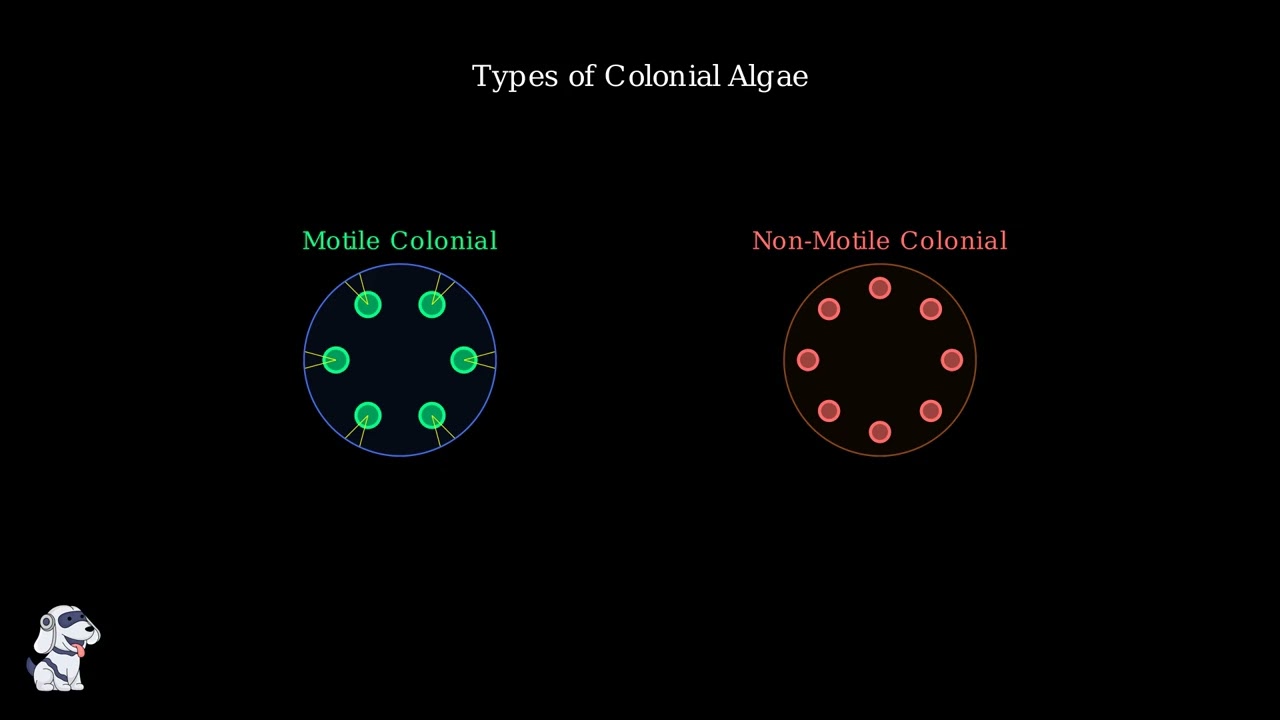


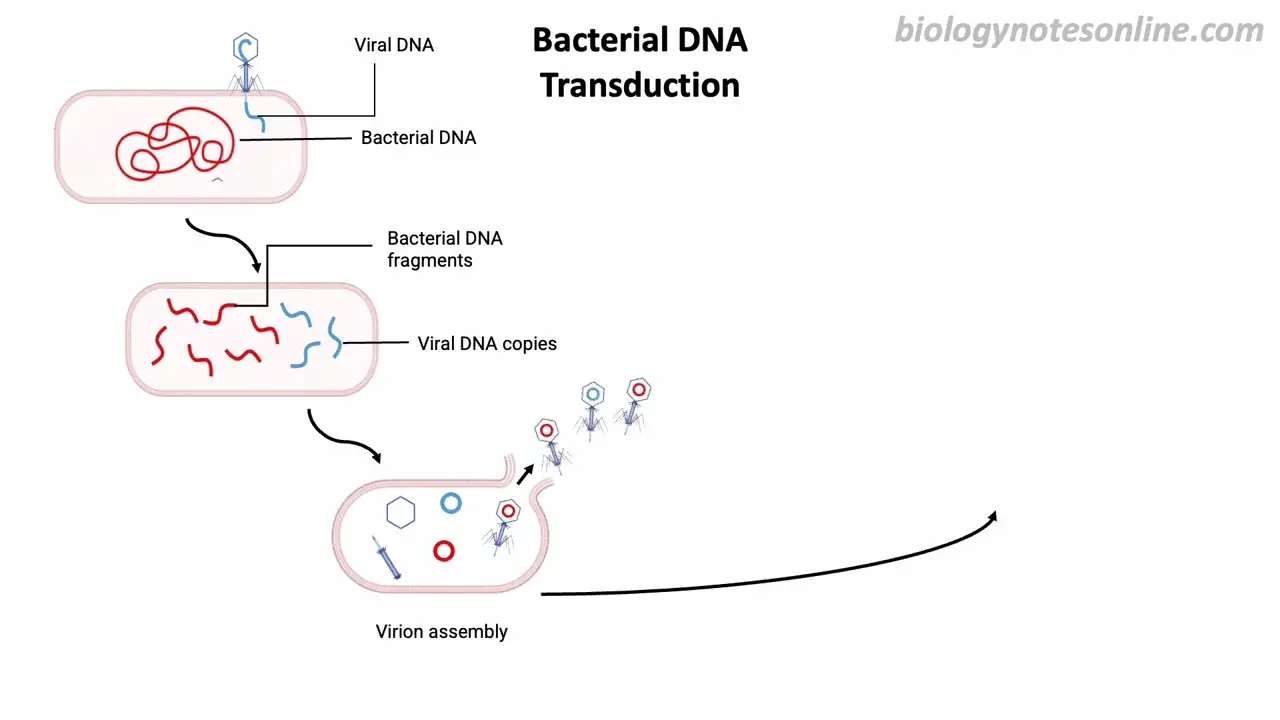
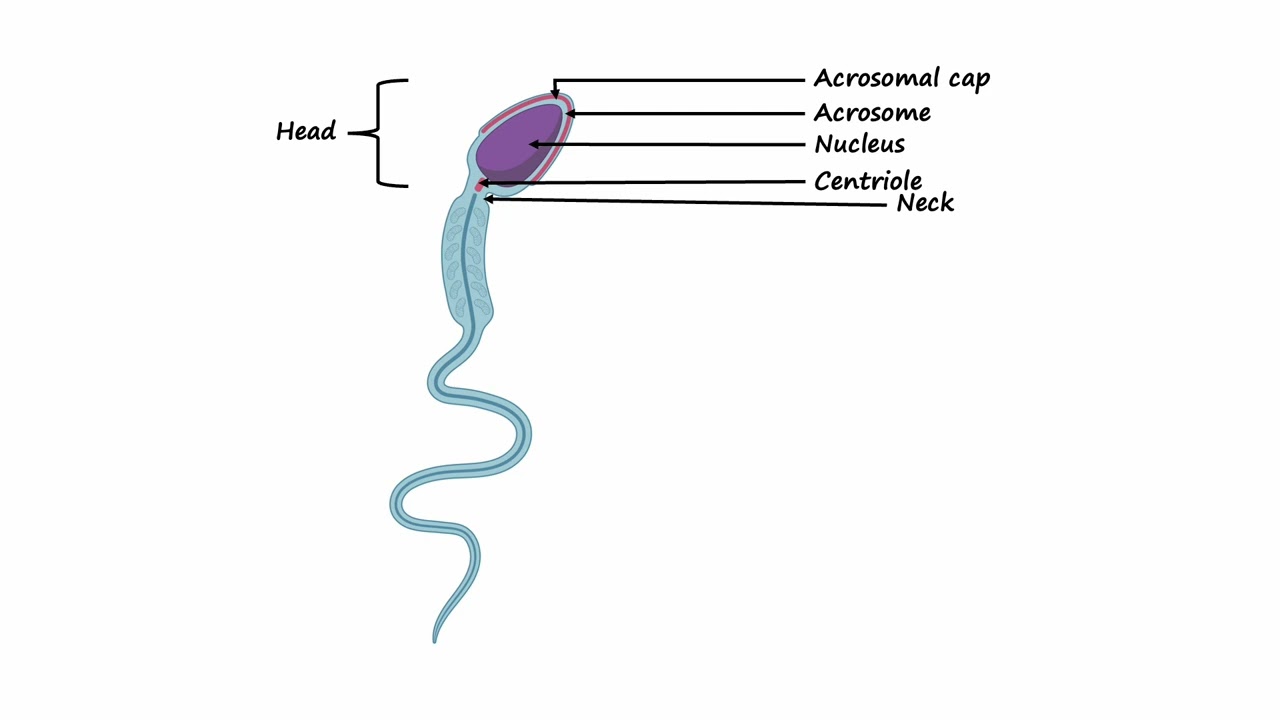

- Text Highlighting: Select any text in the post content to highlight it
- Text Annotation: Select text and add comments with annotations
- Comment Management: Edit or delete your own comments
- Highlight Management: Remove your own highlights
How to use: Simply select any text in the post content above, and you'll see annotation options. Login here or create an account to get started.